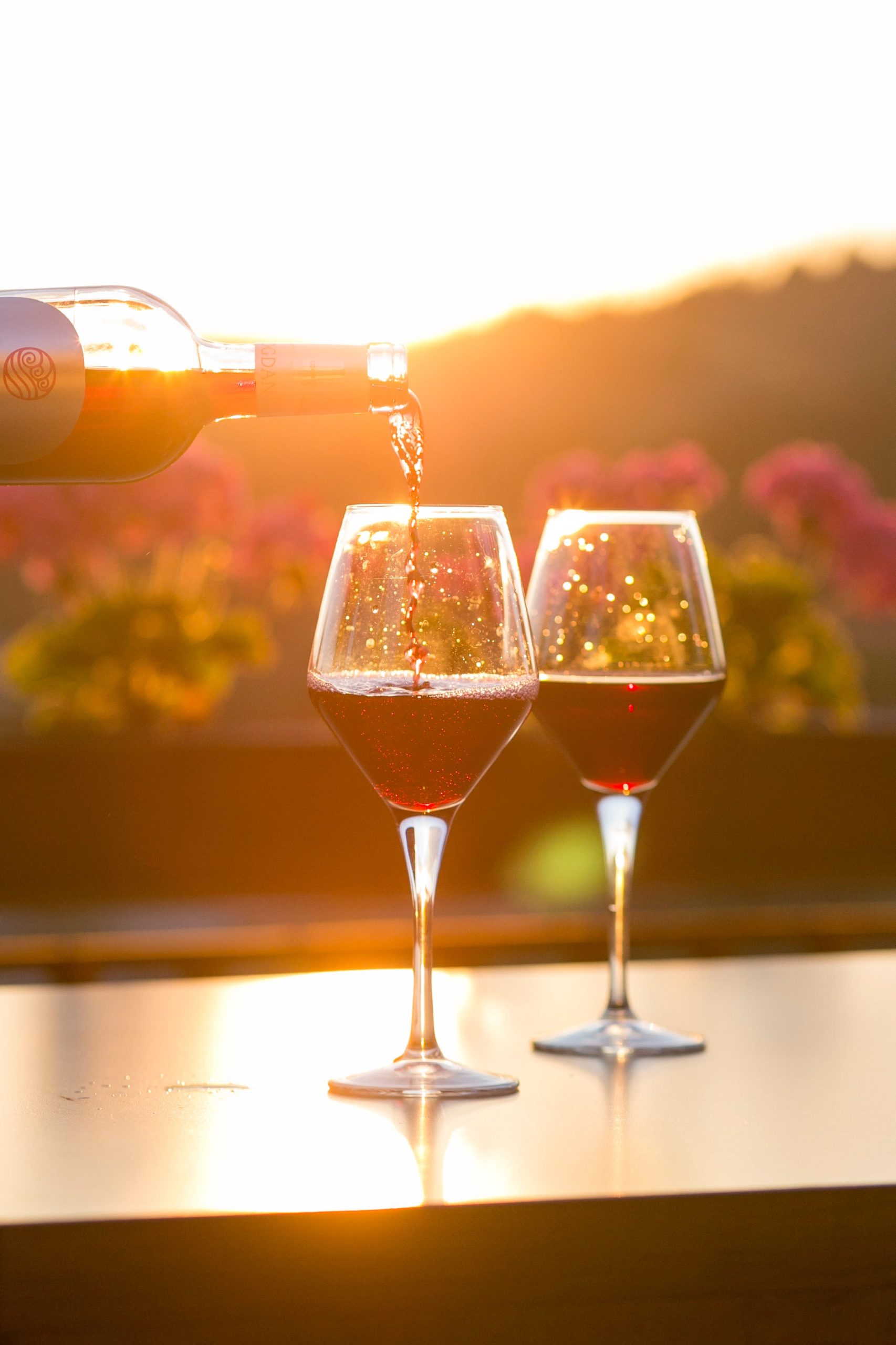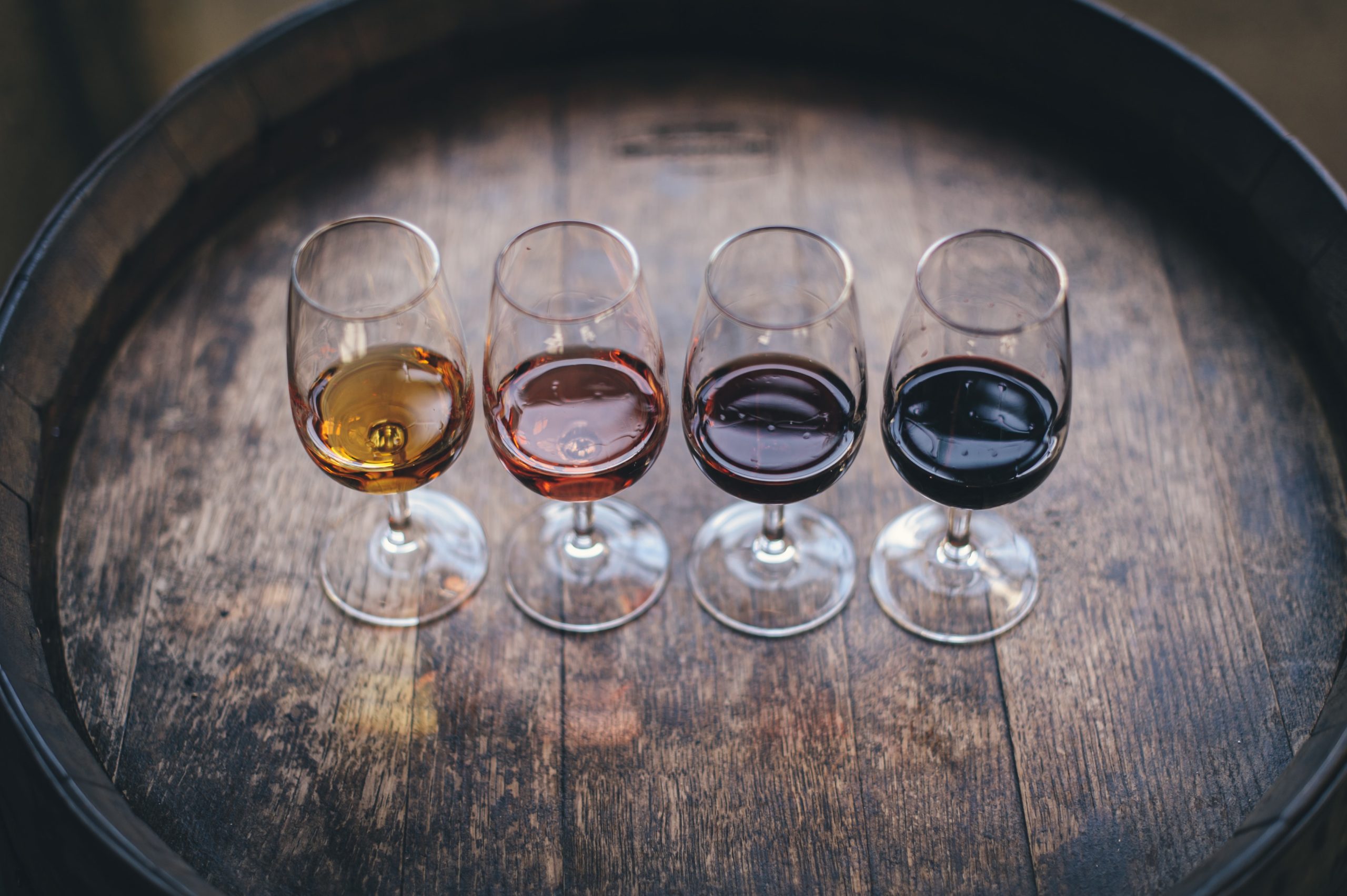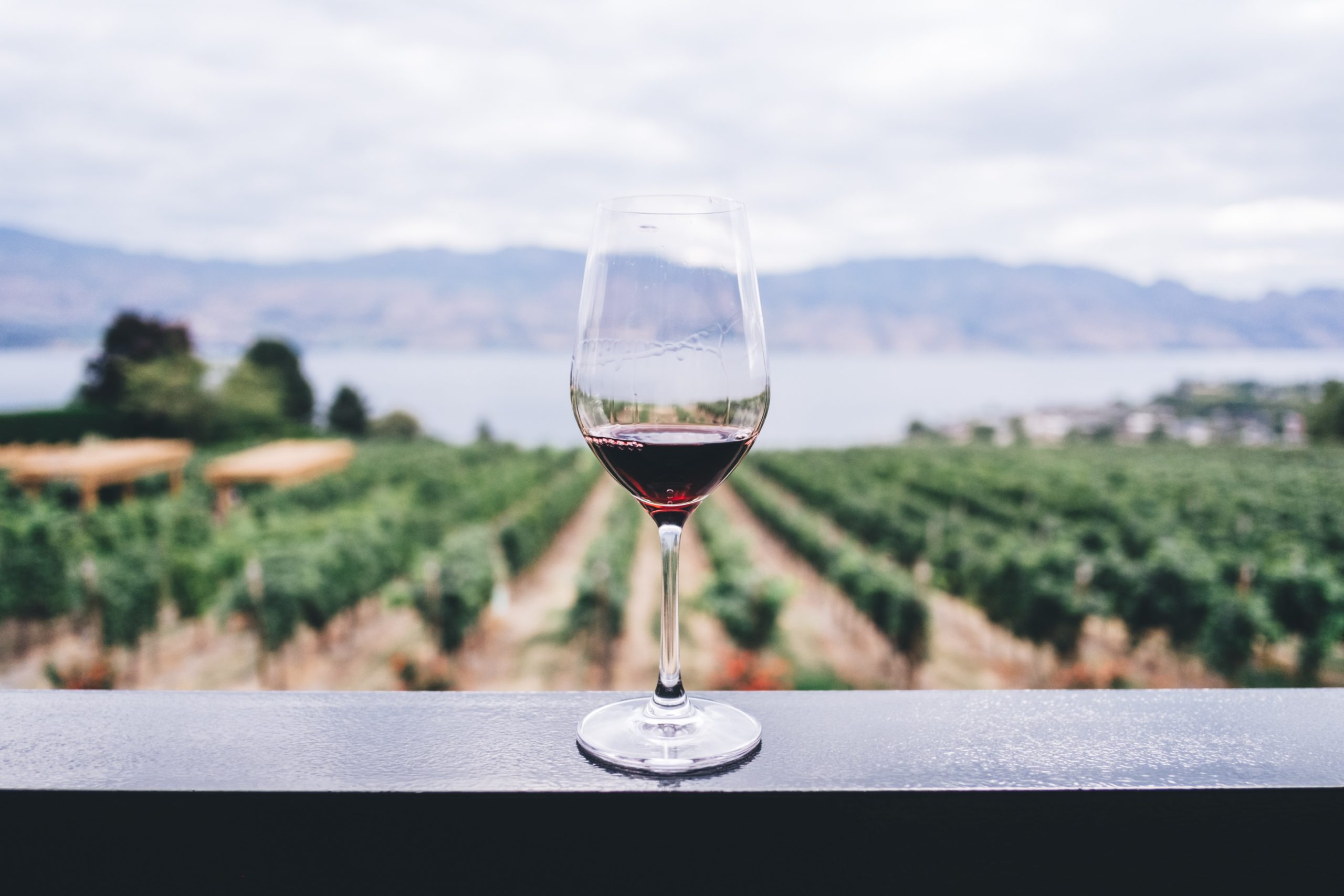“He who knows how to taste does not drink wine but savours secrets” Salvador Dalí

Dali’s words resonated in your head when you first got started in the world of wine tasting. And it was all thanks to your new life at The Wine & Country Club. Little did the expert and trained taster—who was to become your mentor and introduce you to this exciting world—know that she would bring out the winemaker in you.
The liquid you had been drinking for so long was now to take on a new dimension. Being the proud owner of a vineyard was also the main reason why you finally agreed to venture into the realms of wine tasting.
You realised that you knew very little about wine and certainly not enough to truly appreciate your own vintage—you just love how that sounds… the words ring out ever more intensely and clearly—. Although you are privileged to have the help of the winemaker, an indispensable figure at the Club, you were nonetheless eager to learn more and experience it all for the very first time.
Me, a wine taster?
At first, some wine tasting secrets stroke you as obvious and you did not think too much of them. You still well recall how you brushed off certain aspects, such as a good environment, the need for wine to be at just the right temperature and for the glass to be fully transparent, the importance of holding the glass by the stem to ensure the wine is not affected by the warmth of your hand and the flavour is not altered…
After letting you in on these and other secrets, the wine-tasting experience began. As the expert pointed out, you first need to observe the wine, slightly tilting the glass at an angle, against a white background, in order to appreciate its colour.
At its simplest, a wine is red. However, thick-skinned varieties can be almost purple in youth, whereas thin-skinned varieties are paler ruby when young. As red wines age, the rim takes on a garnet hue, then the wine evolves to tawny and finally a brick brown colour.
In contrast to red wines, white wines tend to range in colour from pale lemon to lemon to varying shades of gold. Young wines often have a slight green hue and quite a watery rim. As white wines age, the colour deepens, moving through shades of gold to deep amber. Finally, young rosé wines generally range in colour from very pale salmon to sockeye or coppery salmon to varying shades of pink and bright cherry hues. As rosé wines age, the colour fades to orange or even onionskin colour.
That was when you realised just how important it is to observe and how we neglect to pay careful attention to the details of daily life around us when we coast through life on autopilot.
Colour is not the only thing you need to pay close attention to; it is equally important to observe the perlage—which applies to sparkling wines—, and the intensity—be it pale or deep—.
This thought takes you back to that fine day when it all started and you got the second lesson in wine tasting – the first nose.
You must first sniff the wine, without swirling the glass, to try to decipher some of the fine little nuances. This is when the primary aromas are appreciated in all their glory—’primary aromas?’ you wondered; you were under the impression that aromas were simply aromas, but you were gravely mistaken—. The analogy used by the professional taster who introduced you to the world of wine tasting was most enlightening –Smelling a fragrance out of a bottle is not quite the same thing as smelling the fragrant trace a woman leaves in her wake, right? Well, in a similar way, the first nose is nothing like the distinctive wafts when you swirl your glass.
Then, as a second step and after appreciating the primary aromas, you need to swirl your glass in order to aerate the wine and unlock all the secondary aromas produced during fermentation, and the tertiary aromas that develop during barrel ageing.
It was only then that you understood the whole process and became aware of what wine tasting is all about.

The Final Step – The Actual Tasting
The final step is the actual tasting—’this is, without a doubt, the best part’ you thought to yourself—. Ideally, you just take a little sip and hold it in your mouth in order to appreciate all the basic flavours, such as sweet, salty, sour or bitter. The key is for none of such notes to stand out heavily from the rest, so as to achieve a harmonious well-balanced palate with a round texture.
By tasting it, you also learned about the importance of a full mouth feel and a lingering finish. Six seconds is just about the right amount of time; when the lingering core stays less than six seconds in your mouth, the wine is said to be of low persistence.
When the wine tasting lecture was over, you realised that the world of wine had completely absorbed you. There was no stopping you now and you knew, right there and then, that your harvest would be second to none.
You understood that wine tasting goes far beyond something superficial; it is, by no means, an art only available to wine connoisseurs. It is about delving into enjoyment—something you learnt at The Wine & Country Club from day one—. And such enjoyment can only come from calm, awareness and observation, which are characteristic attributes of wine tasting.




